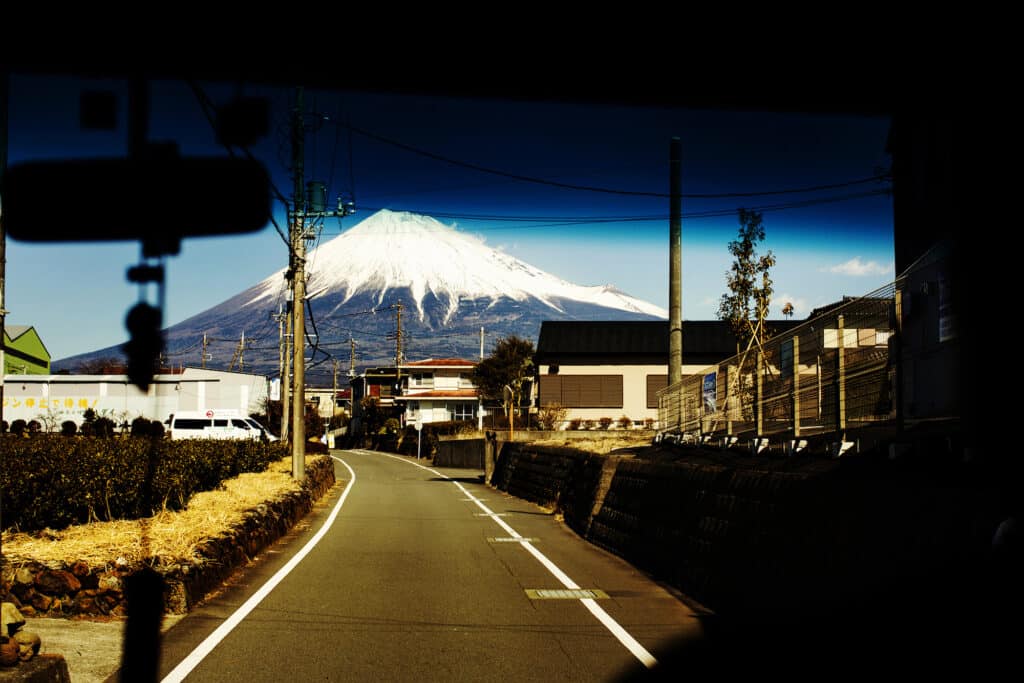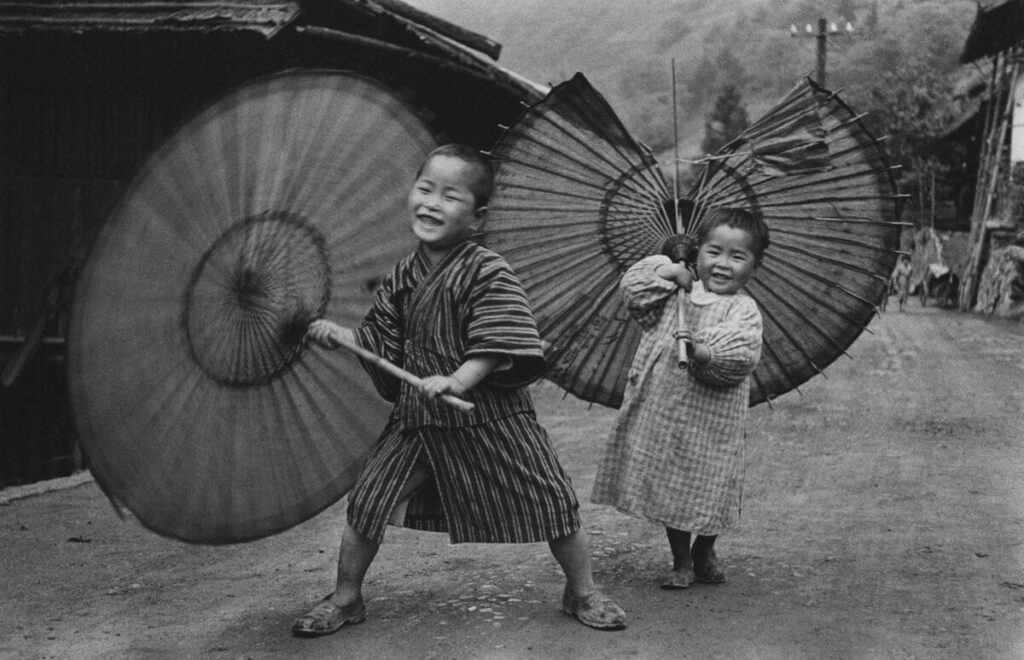This article must begin with a tribute. A tribute to Christophe Deloire, Secretary General of Reporters Without Borders (RSF), who passed away unexpectedly at the age of 53, succumbing to cancer. He was the originator of the “100 Photos for the Freedom of the Press” series. The entire editorial team at Blind wishes to honor the memory this fierce advocate for the rights of the press and photographers worldwide.
Shashin. The Japanese word for “photography” translates literally “to imitate the truth.” This 76th album from RSF presents a vision of a multifaceted Japan, steering clear from the stereotypical images often associated with this fascinating country.
Fourteen prominent photographers—both Japanese and gaijin (foreigners)—deliver a rich, nuanced portrayal of the beauty and diversity of an archipelago comprising four major islands, 10,000 smaller ones, and a population of 125 million.
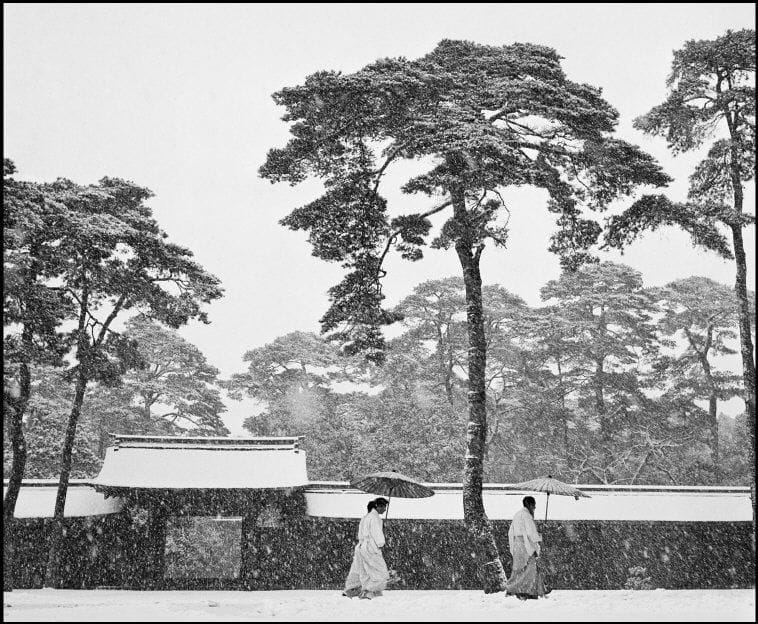
The Great “Misunderstanding”
In the album’s preface, French novelist Amélie Nothomb discusses the complexity of Japan and the pervasive “misunderstanding” “in the dialogue between Europe and the Land of the Rising Sun.” This misunderstanding isn’t confined to Europe; few places in the world evoke as many fantasies, attractions, and clichés about their inhabitants’ lifestyles and territorial identity as Japan does.
Is there no Japan of dreams? Of fantasies? A distorted mirror reflecting a country with myriad nuances? The key is maintaining the right distance. It requires a step aside to change perspectives, leaving behind preconceived notions and no longer interpreting a culture, people, and place through the narrow lens of our own ideas and judgments. We need, notes journalist Emil Pacha Valencia “finally to see Japan for what it is, rather than what we would like it to be.” Rather than viewing a country through the prism of their convictions, every traveler and visitor should surrender to it to see it in an authentic light.
Henri Cartier-Bresson, Françoise Huguier, Werner Bischof, and more recently, Pierre-Elie de Pibrac and Julie Glassberg, have all sought to “imitate the truth” of Japan through their photography. “My photographic maturity began in Japan,” Huguier has remarked. From karaoke evenings to traditional baths and the tattoos of the yakuza, this French photographer has extensively portrayed the country with honesty and sensitivity, a place she initially found utterly bewildering.
Cartier-Bresson also turned Japan into one of his remarkable workshops, all the while maintaining the profound humility of a visitor: “In this conformist country, so respectful of authority, one must step into people’s shoes rather than remain comfortably in our own—those of the complacent, well-informed bourgeoisie,” he declared, capturing the essence of Japan in the light of the decisive moment.
Whether in color—a fantastic playground for artisans of color like Georgi Pinkhassov—or in black and white, the archipelago captivates every image-snatcher. “I’ve just taken a picture of Japan!,” Werner Bischof exclaimed after snapping his famous photograph of the snow-covered garden at Tokyo’s Meiji Shinto Shrine, much like a child catching a firefly in his hands.
Japanese Photographer, Show me Your Land
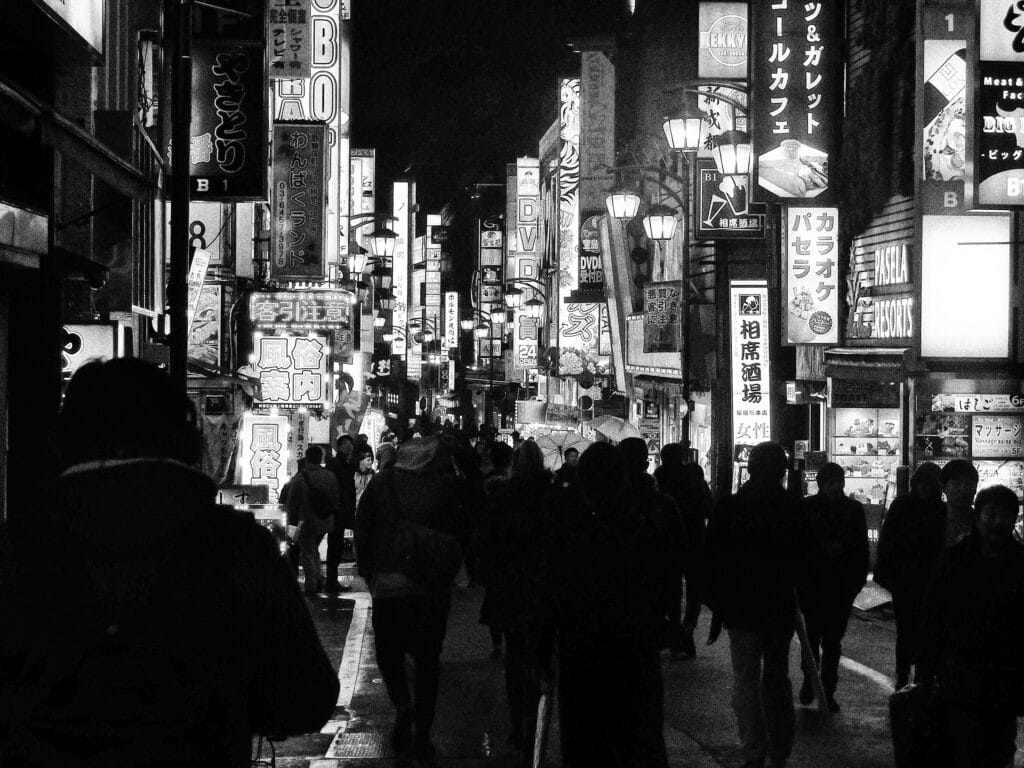
The beauty of this album emerges from the dialogue between the gaijin gaze and that of the local photographers—an exchange of perspectives, focal points, and angles of view.
They lead us by the hand from cities to countryside, revealing their vision of their homeland. Photographer Toshio Shibata echoes the painter Cézanne when capturing landscapes “from a distance,” thereby transforming them into “still lifes.” Ishiuchi Miyako reflects on her childhood in Yokosuka, once an American military base. Ken Domon, with his approach of riarizumu (realism), captures the life of Japan’s working class and the scars from the post-World War II era, depicting “the anger, pleasure, or sadness of the men of that era.” Hitomi Watanabe documents the student movements of the late 1960s, becoming the sole female voice to chronicle this transformative period in the nation and its youth.
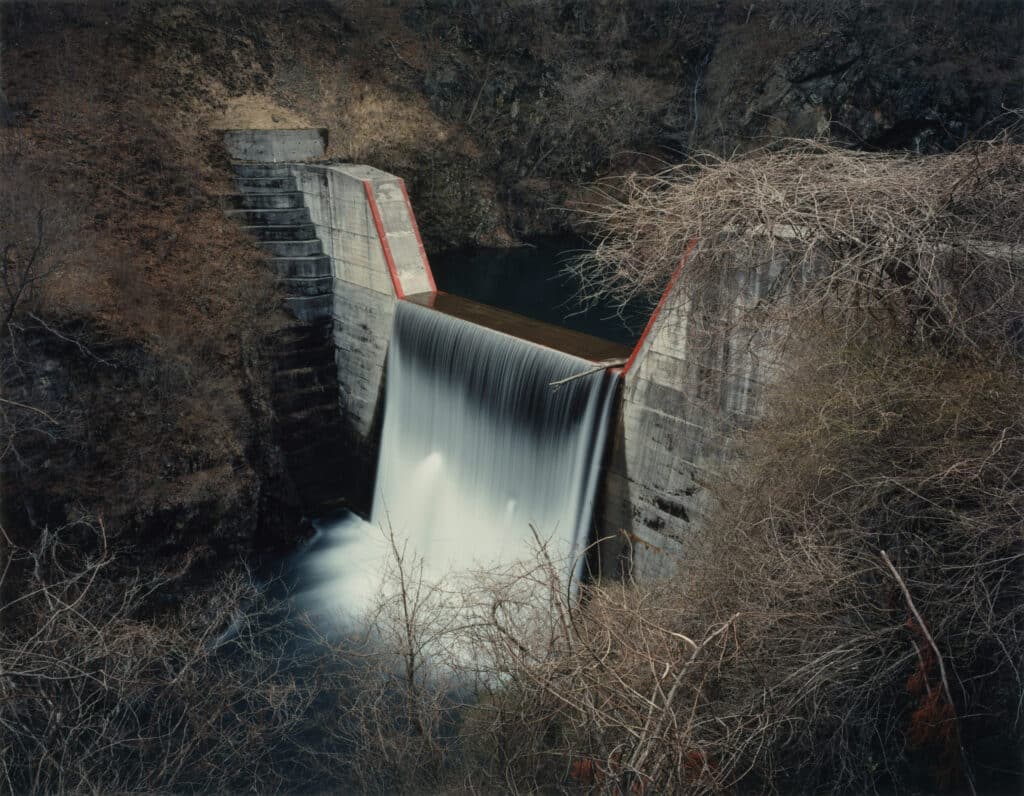
“This imperfect world, yet covered in cherry blossom”.
Kobayashi Issa
Unvarnished Japan, as seen from the perspective of a “stray dog,” as he often puts it. This is the vision that Daido Moriyama presents through his profound black-and-white imagery characteristic of the Are-Bure-Boke (raw, blurred, and chaotic) movement, revealing the gritty reality of cities caught between urban starkness and aesthetic chaos.
Japan as it really is. This is the mirror reflection cast by all these observations, these accounts of a country irresistibly complex, caught between light and shadow, far removed from the flawless beauty often ascribed to it. As the poet Kobayashi Issa so aptly wrote: “This undeserving world: yet cherry blossoms everywhere!”
